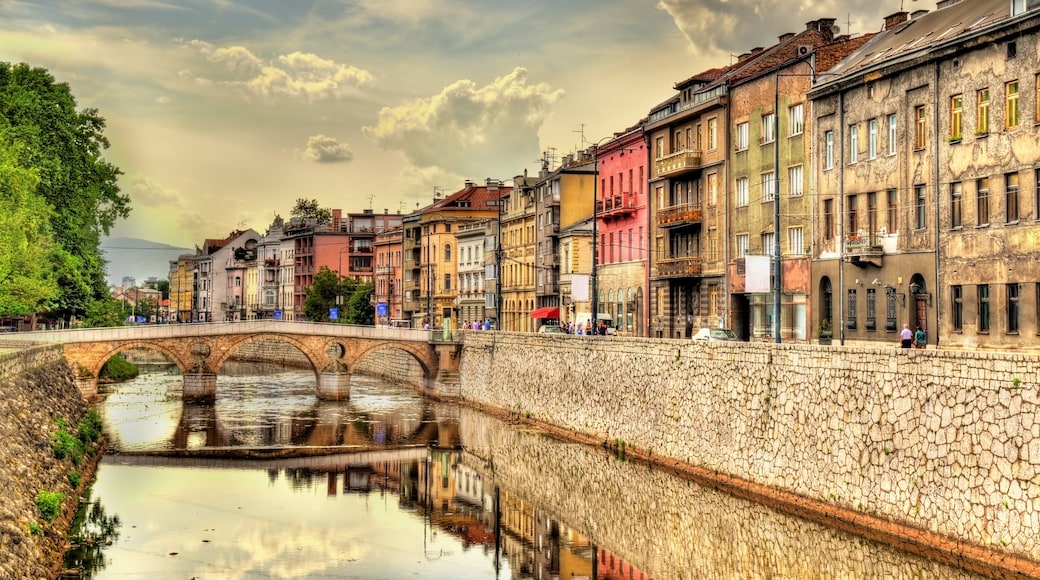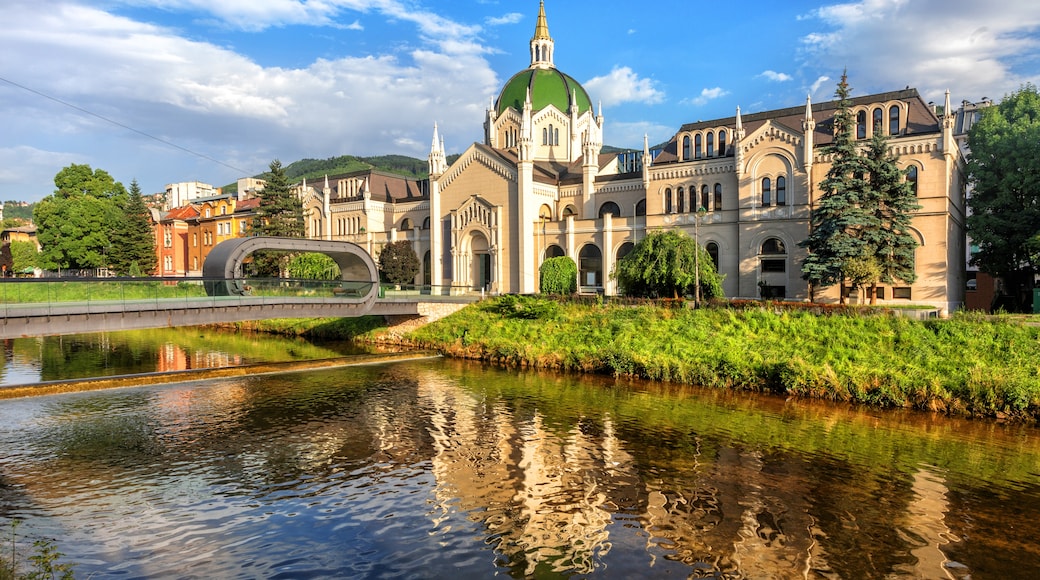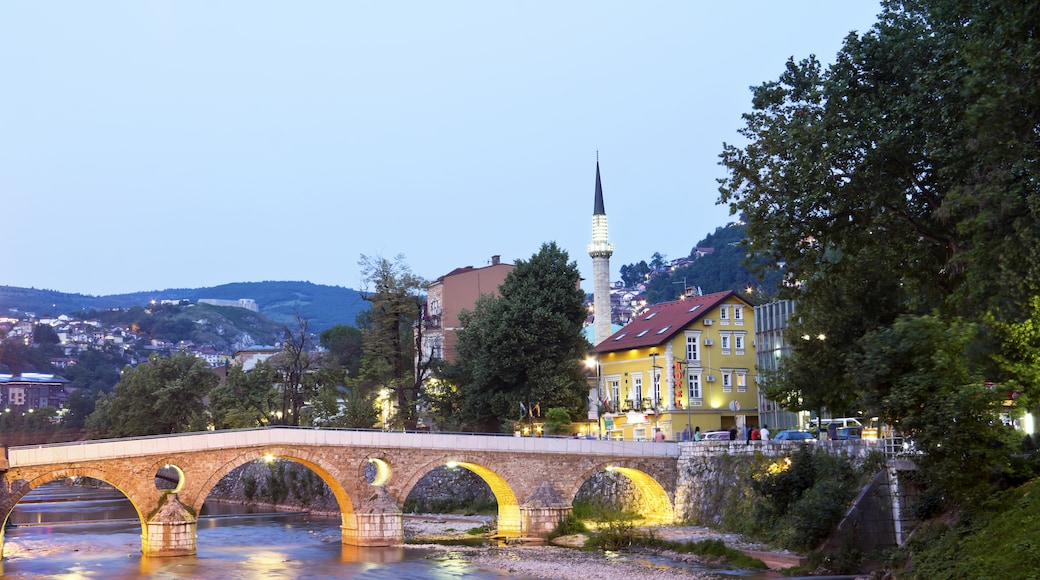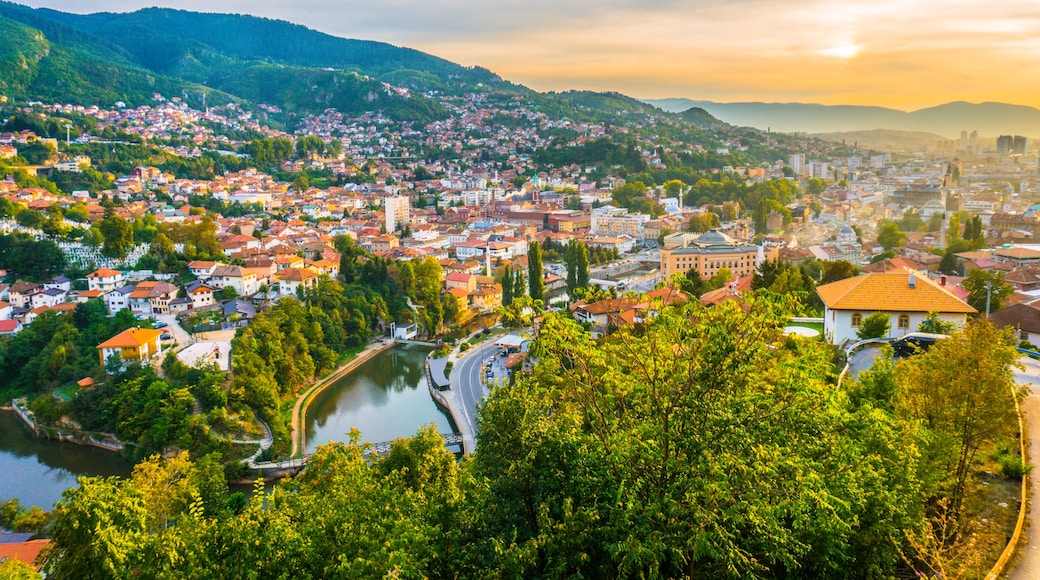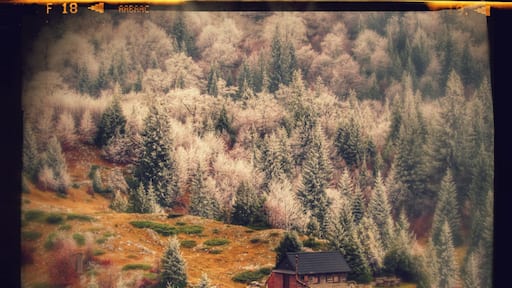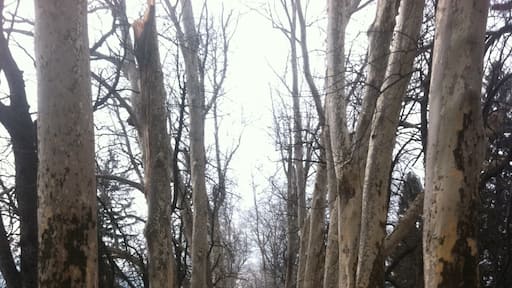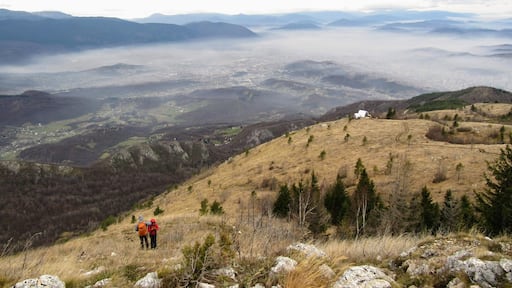Sarajevo welcomed the world to the beauty of its snow-covered environment as host of the 1984 Winter Olympics. However, 8 years later residents found themselves in the midst of a fierce 4-year war. See how Sarajevo has been reconstructed and is once again a charming mountain town with historic sites, 20 museums and numerous natural wonders.
In Sarajevo’s Old Town, walk along narrow streets surrounding the central square of Baščaršija. Look for unique places to shop, eat or drink. Notice the tall Sebilj, the city’s last remaining public fountain kiosk. In the Museum of Sarajevo 1878-1918 near the Latin Bridge, read about Archduke Ferdinand’s assassination, which triggered the start of World War I. Poignant photos at Gallery 11/07/95 document the modern genocide in nearby Srebrenica.
The neo-Moorish Town Hall (Vijećnica) was built in 1896 during the city’s Austro-Hungarian rule, purportedly completed with just a three-brick variation from the architect’s projection. Although it was destroyed during the war, you can now visit the gleaming 2014 reconstruction. Look inside for its stained-glass ceiling dome.
Contrasting with this historic part of the city are modern buildings, including the Sarajevo City Center and the Avaz Twist Tower skyscraper, signs of the city’s ability to recover from an extended siege and bombings. Walk through part of the Sarajevo Tunnel or Tunnel of Hope under the airport just as Bosnians traveled back and forth for years during the city’s siege by Serbians.
Head south to ski at Mount Bjelašnica or Jahorina on the same slopes where Phil Mahre and Debbie Armstrong won Olympic gold medals in 1984 when Sarajevo was part of Yugoslavia. Watch paragliders soar over Bjelašnica’s green slopes in summer.
North of Sarajevo, visit Bijambare Cave to see subterranean mineral formations. To the west, Vrelo Bosne features streams and lakes filled with islands and fish.
Reach Sarajevo, the capital of Bosnia and Herzegovina, by flying to the international airport, about a 20-minute drive west of the Old Town.
